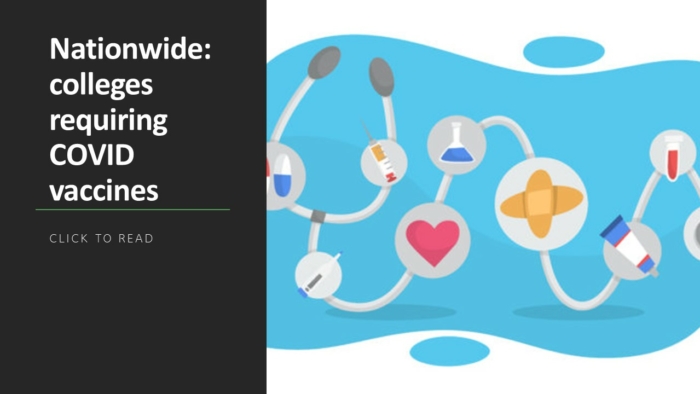The University of Oregon’s Academic Council has told its faculty to remain empathetic with students during the spring, but the days of pandemic-related absences and extreme flexibility are over.
Oregon is one of the many remaining institutions set to ditch masks soon as COVID case numbers improve, but it is planning to do much more as it attempts to return to normal instruction and limit the disruptions and distractions that have fueled a disjointed past two years of hybrid, remote and sometimes, individual learning.
“It’s time to help our students transition to more customary modes of learning,” Janet Woodruff-Borden, Executive Vice Provost for Academic Affairs, wrote in a letter to the OU community. “This may be a difficult transition for students who have come to expect a level of flexibility and accommodation that is no longer necessary following the omicron surge. It is also not sustainable. We have heard from many [faculty] how difficult it has been managing these student expectations and the high numbers of student absences.”
So the university said instruction will be back to what it had “pre-COVID,” a step taken at some institutions already but not with the same level of action. Instructors have the power to determine their own attendance policies again and should let students know their expectations in their first classes and in their syllabi.
According to the new guidance from the Office of the Provost: “Instructors are not expected to record lectures or provide access to course materials beyond what they would have done prior to the pandemic. Instructors may count attendance and participation as part of the grade as they would have prior to the pandemic provided they have reasonable ways for students to complete make-up assignments without loss of credit or points. If a student’s frequent absences and lack of availability for make-ups are jeopardizing their success in the course, instructors should communicate with those students as early as possible and recommend students work with an advisor to consider their options.”
Even in its synchronous online classes, Oregon is encouraging faculty to have a visible presence to engage students. The university also offers asynchronous courses as well and will continue to do so, though it made clear that in-person will return to its standard formats. That means that masks also don’t have to be worn as part of its new “welcome but optional” policy that begins on Saturday. “Instructors should create a classroom environment that is respectful of individual choice to wear a mask or not,” the Provost’s office notes. “The university policy is that instructors are not allowed to establish mask policies in their classes that differ from the university policy.”
The last of the indoor mask mandates are also ending at several other institutions. University of Arizona President Robert Robbins hinted that on Monday students will be able to go mask-free if they want to, barring any unforeseen spikes over the next few days. That is unlikely given that Arizona’s cases and hospitalizations statewide have fallen around 43% over the past two weeks, numbers that have been seen on campus and in Pima County over the past month. The university had 113 cases during the week of Feb. 13 but that dropped to just 27 two weeks later and has since fallen. The administration may have done it sooner but wanted to take extra precautions.
“With the return from spring break, and many students, faculty and staff traveling over the past week, I believe that its prudent to see what level of infection is present among our university community before changing our protocol for the Tucson campus,” Robbins said during a virtual meeting.
The final holdouts on masks appear to be relinquishing their grip as well, as cases have tumbled. This Sunday, Rice University removed its requirement for staff, faculty and students, while the University of Michigan did so on Monday. Both American and Georgetown universities on Tuesday announced plans to their mandates for the majority of indoor spaces, and Temple University has hinted it will do the same.
While most of the country enjoys a respite from high COVID numbers and hospitalizations, public health experts are watching the second strain of omicron, the stealth variant (or B.A.2) surging in the UK, with cases and those being hospitalized rising. Stealth has been spotted in all 50 states, though has yet to produce big spikes in any state. Three factors they are concerned about are the widespread lifting of mandates, vaccination rates in some areas (in Arizona, only 60% of individuals have gotten two doses) and large gatherings. Some colleges experienced significant rises after spring break last year and are also planning commencements without masks in a couple of months. They always have the option of going back if they need to.
“We will continue to monitor public health conditions and we will adjust protocols if we see an increase in testing positivity rates or if community levels return to high levels,” Robbins said.



